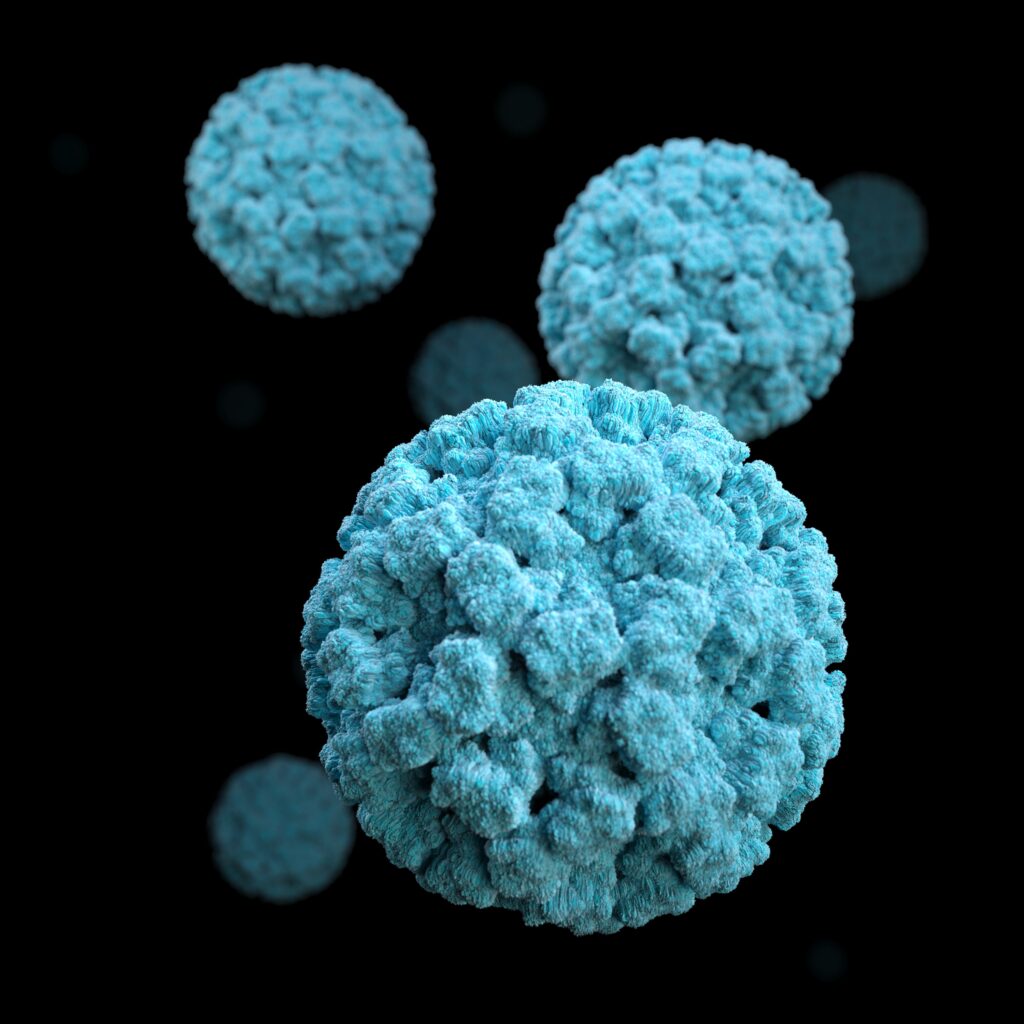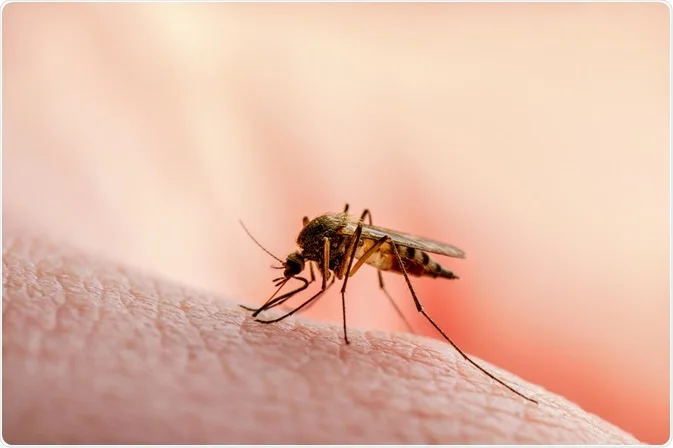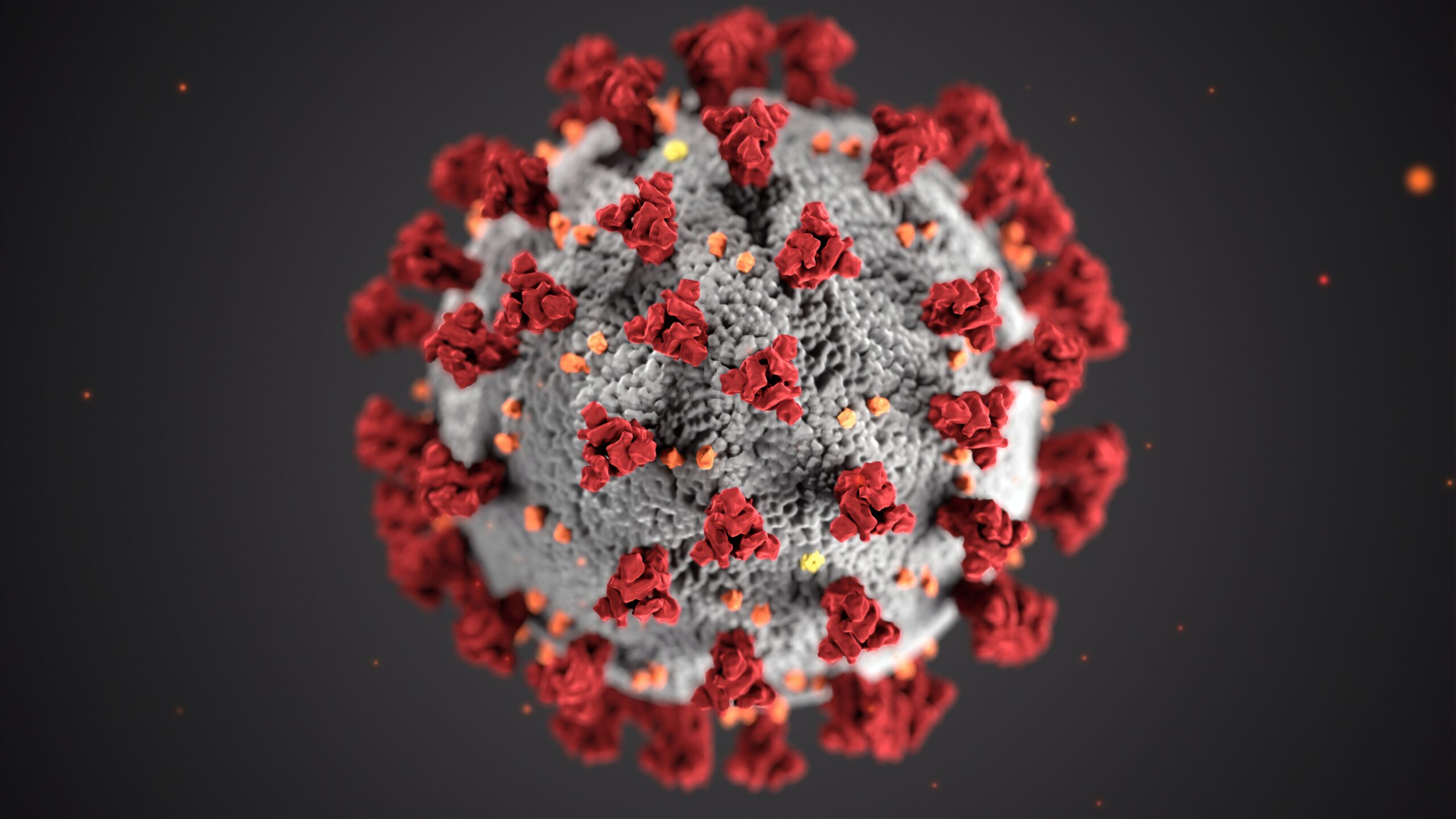Understanding Staph and Strept Infections: Causes, Symptoms, Treatment, and Prevention

Staphylococcus (staph) and Streptococcus (strep) are common types of bacteria that reside on the skin, in the throat, and in the nasal passages of many individuals. While most strains of these bacteria are harmless, certain strains can cause infections that vary in severity, ranging from mild skin infections to life-threatening conditions. These infections can have significant implications for both individual health and public health due to the emergence of antibiotic-resistant strains. In this comprehensive article, we will explore the intricate details of staph and strep infections, including their underlying causes, diverse symptoms, available treatment options, and crucial preventive measures.
Causes and Transmission
Staphylococcus and Streptococcus bacteria are part of the normal microbial flora found on and within the human body. Under normal circumstances, they coexist with other microorganisms without causing harm. However, when these bacteria manage to enter the body through cuts, wounds, or other entry points, they can trigger infections.
Staph infections are primarily caused by Staphylococcus aureus bacteria, while strep infections are predominantly attributed to Streptococcus pyogenes bacteria. These infections can be transmitted through various means, such as direct contact with infected individuals, sharing personal items, or touching contaminated surfaces. Factors that contribute to the transmission of these infections include poor personal hygiene, overcrowded living conditions, and compromised immune systems.
Common Types of Staph and Strep Infections
- Staph Infections: Staph bacteria are notorious for causing a spectrum of infections. These range from mild skin infections like boils, impetigo (a contagious skin infection), and cellulitis (affecting the skin and underlying soft tissues), to more severe infections like abscesses, pneumonia, bloodstream infections (bacteremia), and endocarditis (infection of the heart valves).
- Strep Infections: Streptococcus bacteria can lead to various infections, including strep throat (streptococcal pharyngitis), skin infections like cellulitis and erysipelas, scarlet fever (streptococcal infection with a characteristic rash), and more serious invasive infections like necrotizing fasciitis (flesh-eating disease) and streptococcal toxic shock syndrome.
Symptoms and Diagnosis
The symptoms of staph and strep infections can manifest differently based on the type of infection and the affected body part. Common symptoms include:
- Redness, swelling, tenderness, and pain at the site of infection
- Fever, chills, and general malaise
- Sore throat, difficulty swallowing, and swollen lymph nodes
- Skin rash or redness, often with a raised border
- Fatigue, weakness, and muscle aches
Diagnosing these infections often requires a combination of clinical assessment, physical examination, and laboratory tests. Cultures of skin lesions, blood cultures, throat swabs, and other tests may be performed to identify the specific bacteria causing the infection and guide appropriate treatment.
Treatment Options
The treatment of staph and strep infections hinges on antibiotic therapy. However, due to the emergence of antibiotic-resistant strains, healthcare providers must carefully select antibiotics based on susceptibility testing. In severe cases, hospitalization may be necessary, particularly for infections that spread beyond the initial site or for individuals with compromised immune systems.
Prevention Measures
Preventing staph and strep infections is a crucial aspect of maintaining public health and individual well-being. Here are essential preventive measures:
- Hand Hygiene: Regular and thorough handwashing with soap and water for at least 20 seconds is a fundamental step in preventing the spread of these infections.
- Wound Care: Proper cleaning and covering of cuts, scrapes, and wounds can prevent bacteria from entering the body.
- Personal Hygiene: Avoid sharing personal items like towels, razors, and utensils to minimize the risk of infection transmission.
- Vaccination: While there is no vaccine against most staph infections, vaccination against Streptococcus pneumoniae can prevent related illnesses such as pneumonia and certain invasive strep infections.
- Prompt Medical Attention: Recognizing the signs and symptoms of infections and seeking timely medical care can prevent complications and reduce the risk of spreading the infection.
Conclusion
Staph and strep infections, though common, can have a wide range of implications on human health. By understanding their causes, recognizing their symptoms, exploring available treatment options, and implementing preventive measures, individuals can take active steps to safeguard themselves and others from the risks associated with these infections. Adhering to good hygiene practices, maintaining wound care, and seeking timely medical attention when needed are vital components in minimizing the impact of staph and strep infections on both personal and public health. As antibiotic resistance continues to be a concern, a collective effort toward prevention is crucial for managing these infections effectively.



